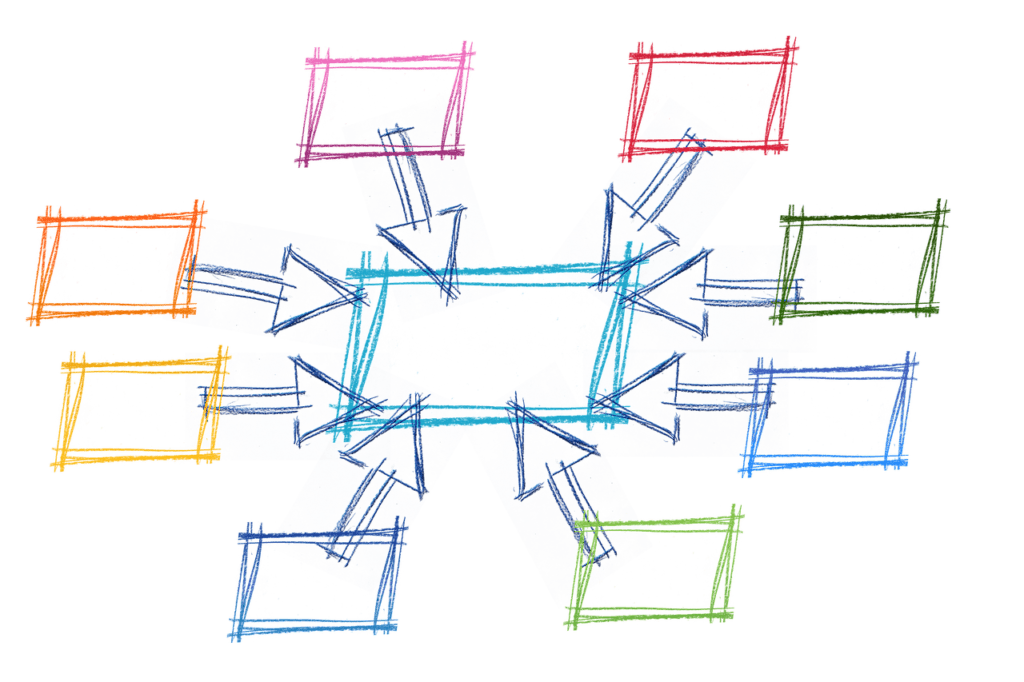Every great story begins with a solid foundation, a blueprint that guides the writer through the twists and turns of the narrative. This crucial building block is known as the outline. Building a story outline serves as a roadmap, helping you organize your ideas, flesh out your characters, and create a compelling storyline. This article will explore the art of constructing an outline and how it can benefit your storytelling process.
A Step-by-Step Guide to Building a Story Outline
- Understanding the Purpose
- Key Components of an Effective Outline
- The Introduction:
- Plot Development:
- Character Development:
- Subplots and Supporting Characters:
- Climax and Resolution:
- Flexibility
- Methods and Approaches to Outlining
- The Snowflake Method:
- The Three-Act Structure:
- Visual Mapping:
- Benefits of Using an Outline
- Organization and Structure:
- Time and Energy Efficiency:
- Cohesion and Consistency:
Understanding the Purpose

Understand the purpose of an outline before delving into its creation. It is essential to comprehend how it should be used. An outline acts as a structural framework for your story, providing an overview of the plot, character development, and major events. It enables you to maintain coherence, identify plot holes, and maintain a sense of direction throughout the writing process.
Key Components of an Effective Outline

The Introduction:
- Introduce the main characters and their backgrounds.
- Establish the setting and the world in which the story takes place.
- Engage readers with a compelling opening scene or hook.
Plot Development:
- Outline the main events and conflicts that drive the story forward.
- Identify key turning points and plot twists to maintain suspense and intrigue.
- Create a clear cause-and-effect relationship between events to ensure a cohesive narrative.
Character Development:
- Describe each character’s traits, motivations, and goals.
- Map out their character arcs, including how they evolve throughout the story.
- Consider their relationships and interactions with other characters.
Subplots and Supporting Characters:
- Develop subplots that complement and enrich the main storyline.
- Introduce supporting characters that contribute to the protagonist’s journey.
- Ensure subplots and supporting characters align with the overall narrative structure.
Climax and Resolution:
- Build towards a climactic moment that resolves the main conflicts.
- Provide a satisfying conclusion that ties up loose ends.
- Consider the emotional impact on readers and deliver a memorable resolution.
Flexibility

An outline is not a rigid blueprint set in stone; rather, it is a flexible tool that adapts as your story unfolds. As you write, new ideas and insights may arise, prompting you to modify or expand upon your initial outline. Embrace these changes as they can lead to unexpected plot twists and character developments, enhancing the richness of your story.
Methods and Approaches to Outlining

The Snowflake Method:
- Start with a simple one-sentence summary and gradually expand it into a detailed outline.
- Iteratively build upon the story, fleshing out characters, and expanding plot points.
The Three-Act Structure:
- Divide your story into three acts: setup, confrontation, and resolution.
- Outline major events and turning points that fit within each act.
Visual Mapping:
- Utilize visual tools such as mind maps or flowcharts to visually represent the story structure.
- Connect story elements, character relationships, and plot progression in a visual format.
Benefits of Using an Outline

Organization and Structure:
- Keep your story focused and avoid getting lost in tangents.
- Ensure a logical progression of events and character development.
Time and Energy Efficiency:
- Reduce writer’s block and save time by having a roadmap to follow.
- Streamline the editing process by identifying and rectifying issues in the outline.
Cohesion and Consistency:
- Maintain consistency in characterization, plot, and themes.
- Avoid plot holes and inconsistencies by planning ahead.
Conclusion

Crafting a well-structured outline is a fundamental step in the storytelling process. It provides a roadmap to guide your writing to the next level. A properly utilized outline can mean the difference between a story that meanders aimlessly along and a streamlined story that captivates the reader from beginning to end.
Subscribe Now
Signup for news and post alerts!
Thank you!
You have successfully joined our subscriber list.

